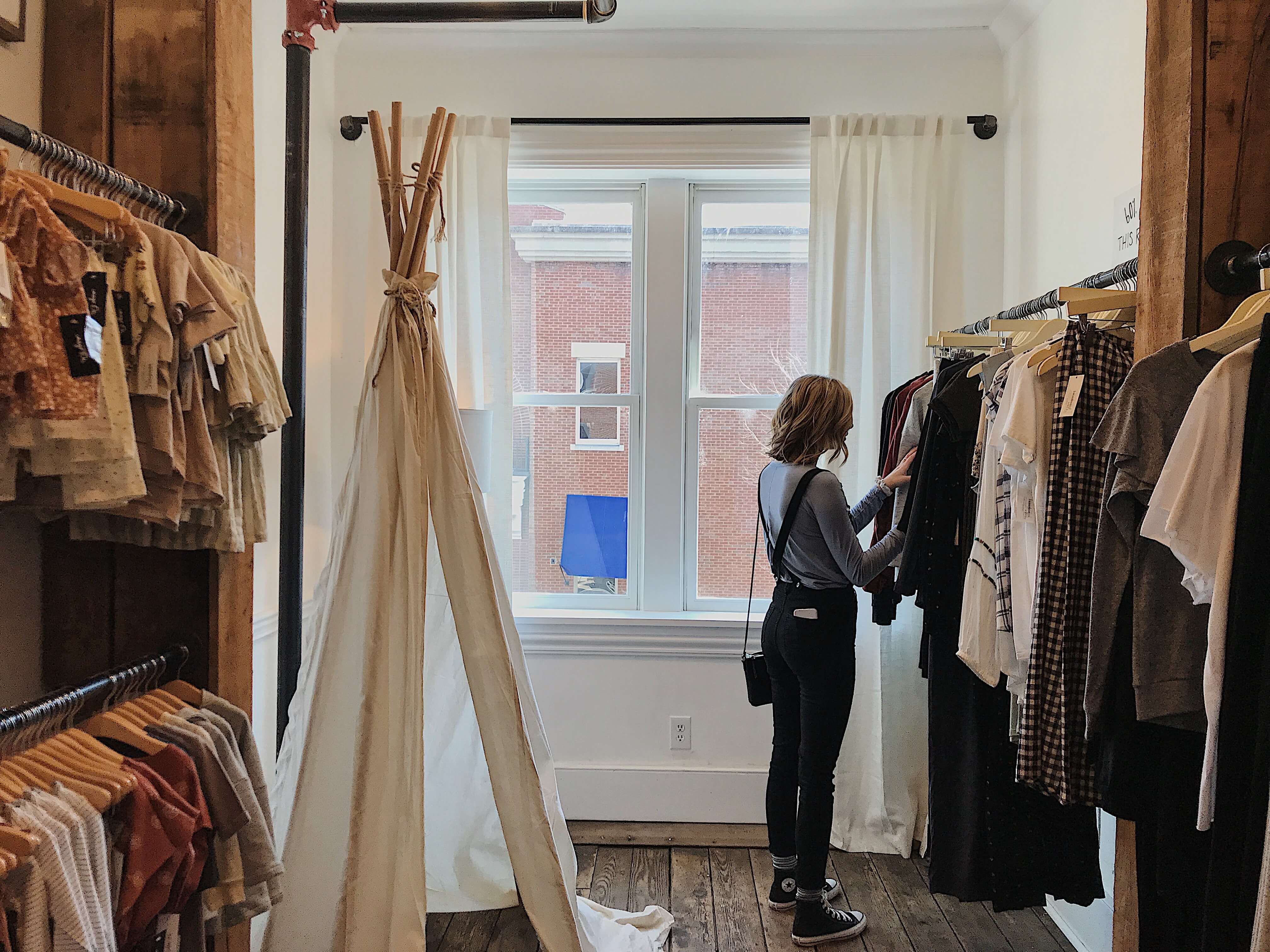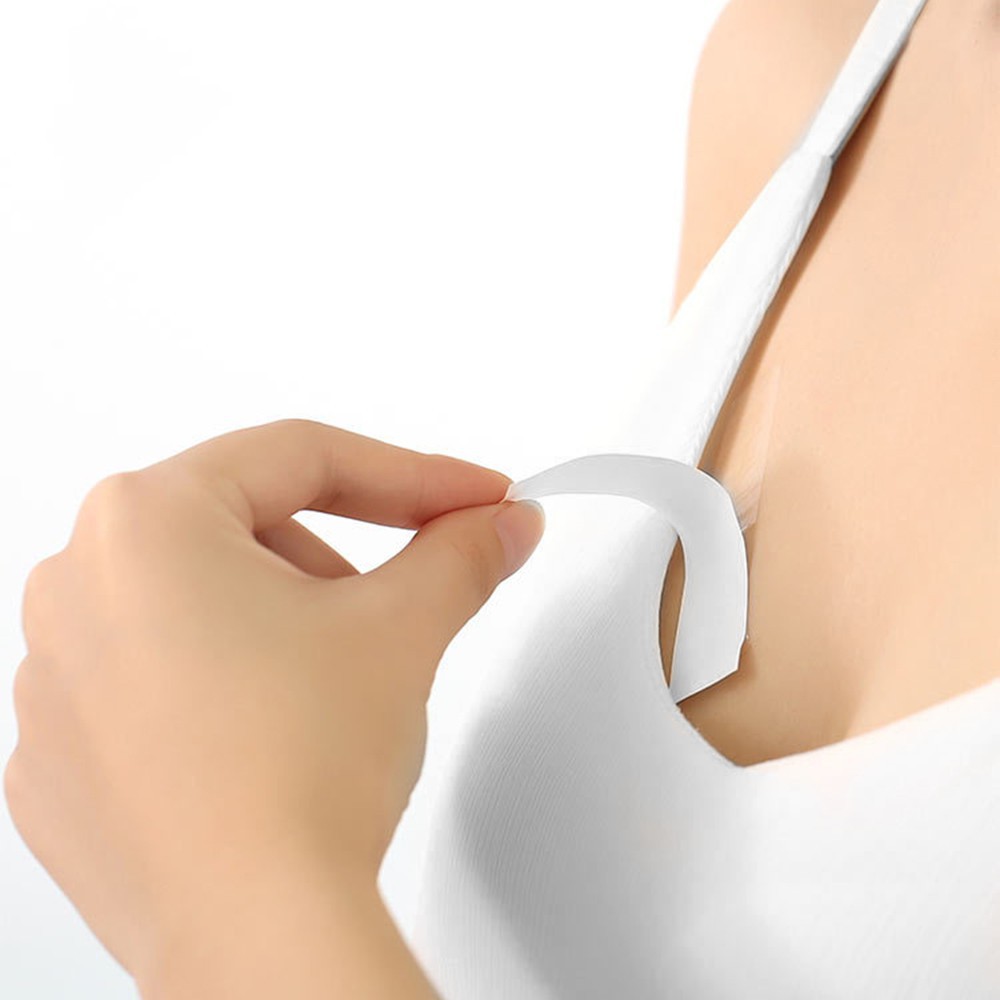Fashion boots are not worn for hiking, to protect the user from the rain or for riding a horse. Instead, they have evolved into a footwear choice that defines the epitome of style. Fashion boots are women’s boots with various designs. You can obtain the boots in varying lengths, which stop at the ankle or the thigh. The boots, which are worn for casual as well as formal occasions, were first recognised as high-fashion footwear in the 60s. After they were popularised further in the 70s, they became a well-known and idealised accessory.
How It All Began
During the 1800s and 1900s, women often wore calf-length and ankle boots. Because the hemlines were rising, longer boots were stylised. For example, in 1913, the wife of a French couturier, Paul Poiret, caused a stir by wearing boots that stopped at the knee. The boots, which were made of Moroccan leather, came in various versions in the colours of white, green, red and yellow.
The boots, known as Russian boots, were considered to be an acceptable alternative to showing the ankles or the calves. Later, the boots featured a Louis or Cuban heel and could be zip-fastened or pulled on for a tighter fit. The boots, which had decorative stitching or fur trims, were typically worn with knee-length skirts.
Russian boots, at the time, caused a sensation, like such footwear as Wittner Boots does today. However, as roads became surfaced and horse-drawn vehicles were replaced by motor vehicles, more streamlined shoes were worn. Although still worn, the boots fell out of favour until the 1960s. That is when Beth Levine introduced tall boots into haute couture. In 1953, Levine debuted a white kidskin calf-length boot under the Herbert Levine label. However, the newly introduced boot did not sell well at all.
A Revolution in Fashion Footwear
The poor showing did not deter Herbert Levine, who created a whole collection of the boots in response. As a result, calf-high fashion boots started growing in popularity in the late 50s and early 60s. For instance, a tall boot that covered the knee appeared in 1962, and thigh-length alligator boots by Yves St. Laurent appeared the following year. Vogue declared that all lengths of boots were fashionable during this time period.
Boots at this time also complemented the rising hemlines in the 60s. The availability and use of brightly hued materials, such as PVC, made the boot an inviting and fashionable alternative for young women during the decade. In 1967, for example, one footwear manufacturer produced machine-made plastic boots, meant to be worn with the popular mini skirt. Because the price of leather was rising at the time, the use of vinyl and plastic for boots was a viable alternative.
As boots became shorter, a re-emergence of thigh-length boots occurred. Black boots made of PVC were part of Pierre Cardin’s futuristic collection at the time. Some of the tallest boots from the period were so high that they came attached to suspenders. Fortunately, tall and ankle boots are more conservatively designed today. You can understand their popularity when you review the offerings online.



